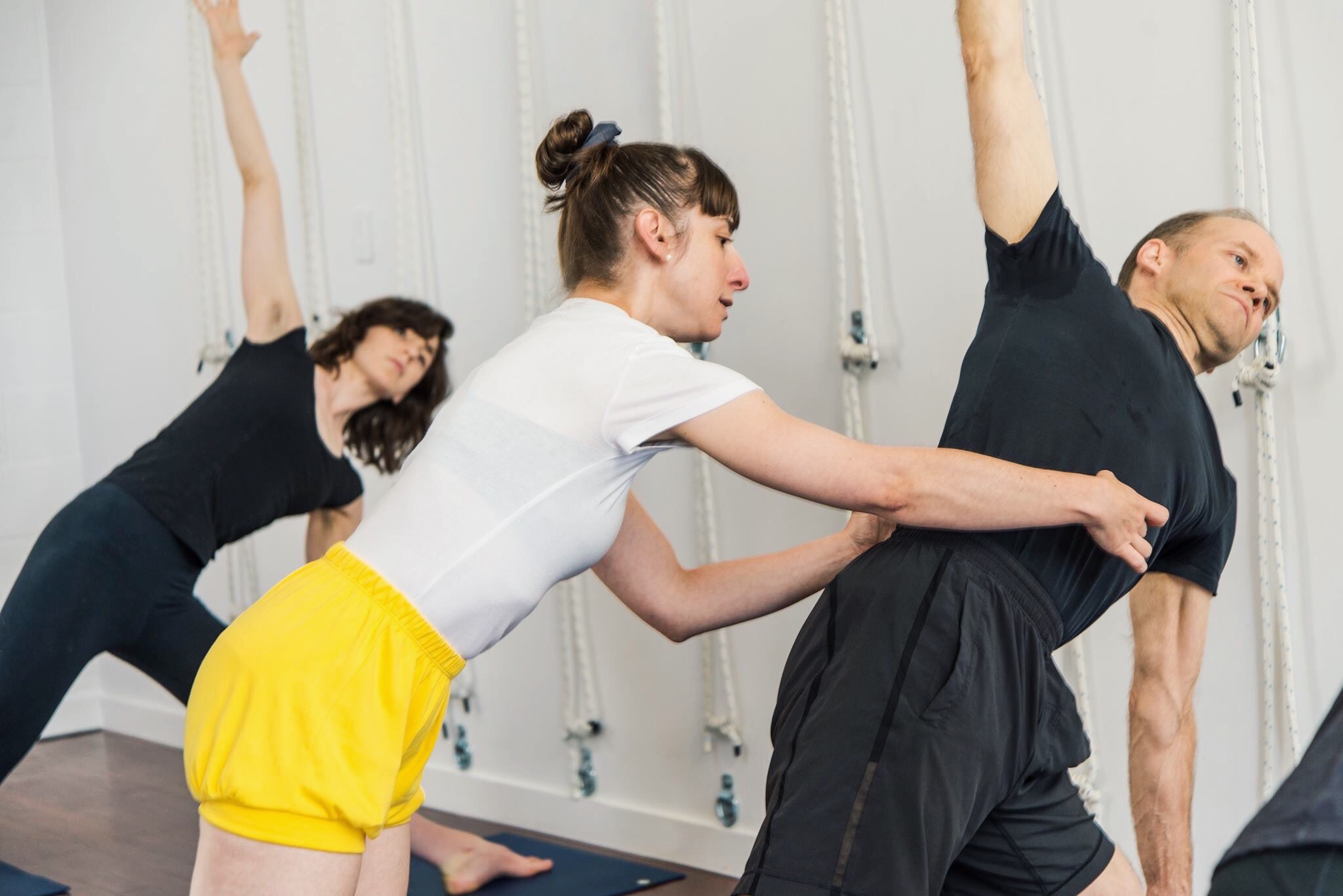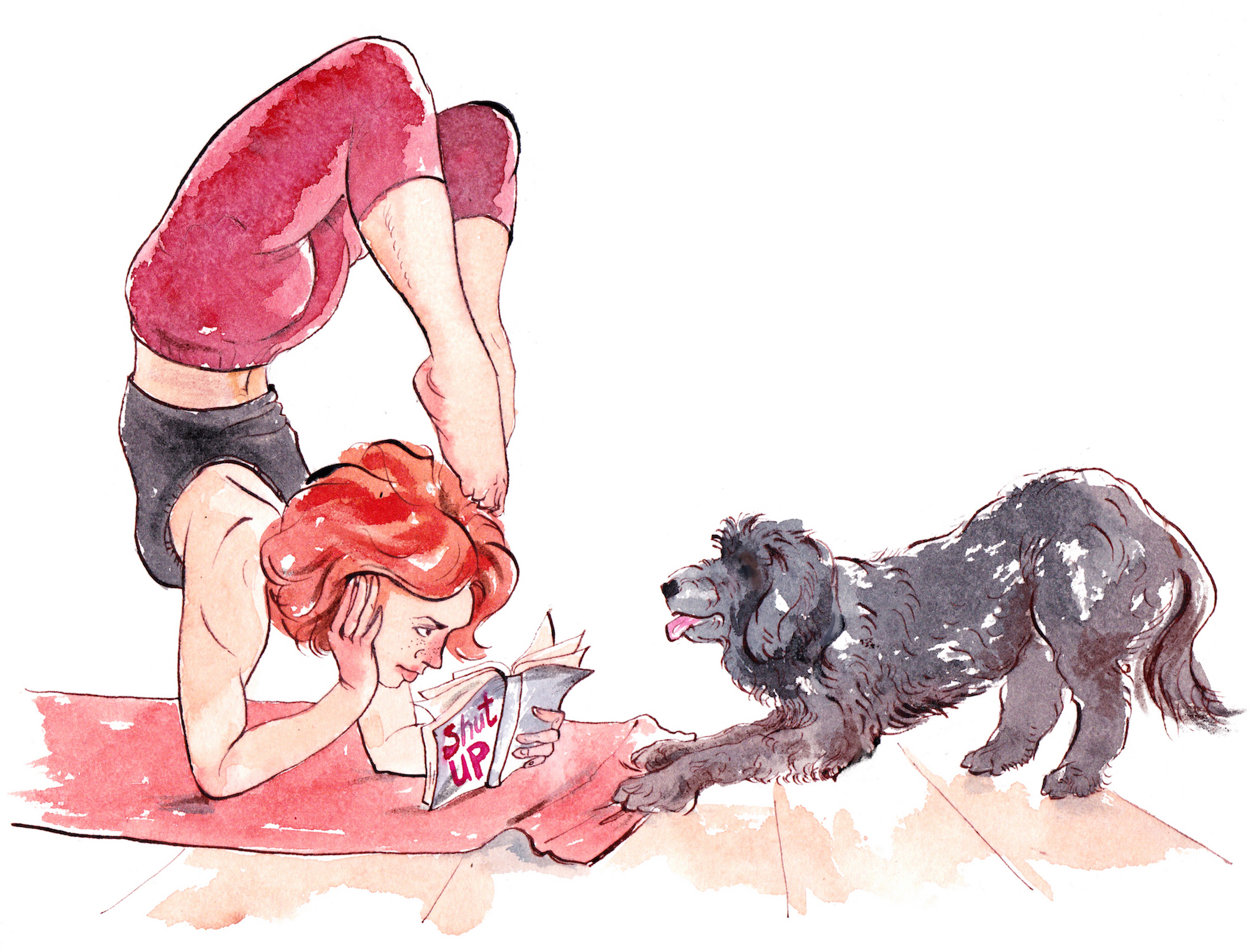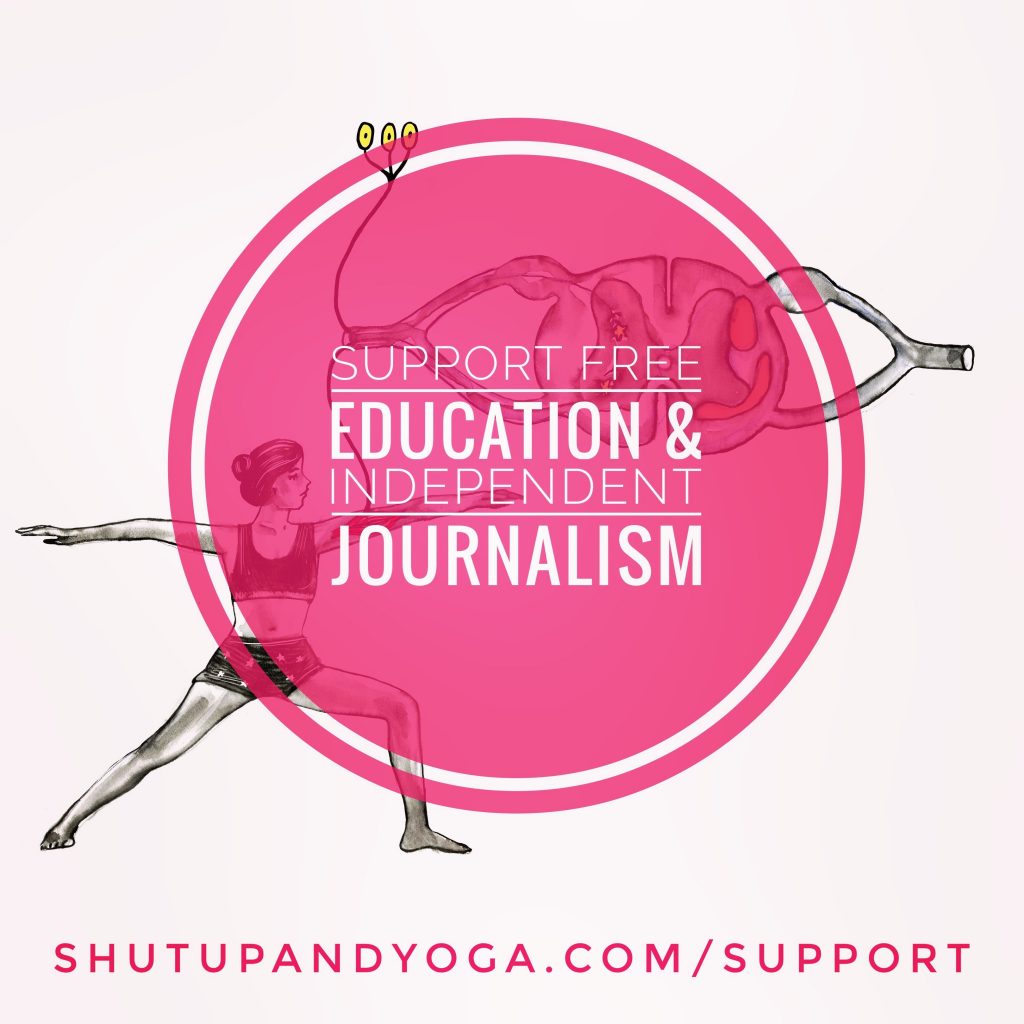When I tell people that I’m a yoga teacher, I get a wide range of responses. Some people find it curious, others are inspired. Some think it’s a hobby and ask me what I ‘really’ do, and others appreciate the depth of commitment required. One time, someone responded by saying, ‘you are a yoga teacher? Wow, that must be so relaxing!’. Needless to say, I found that comment a bit comical.
People often do yoga to unwind and decrease stress, so to assume that yoga itself must be relaxing is not a stretch, right? But…is yoga ‘relaxing’? And if your yoga practice is not relaxing (umm, does anyone else find it challenging?), are you doing it wrong?
Early in my yoga days, one of my teachers used the phrase ‘effortless effort’. I immediately understood this to mean a deliberate, well-intentioned practice, without strain or aggressiveness. I loved how the phrase captured the ease with which yoga could ultimately occur, but without suggesting that it should be ‘easy’. In my own practice, I’ve had glimpses of effortless effort, but there has also been a healthy degree of what I could call effortful effort.

When I started practicing yoga, I was dealing with chronic and debilitating back pain and so there was nothing ‘relaxing’ or ‘effortless’ about it. Pretty much everything hurt. Intuitively, I established a line between being committed and being aggressive in my practice, and it came down to a distinction between ‘good pain’ and ‘bad pain’. Good pain was, for the most part, muscle pain. It was the pain that came from developing strength and stability. Bad pain was pain that screamed, ‘Stephanie, don’t you dare do that for one second longer!’. It was sharp, intense, and felt inherently wrong.
It wasn’t always easy to distinguish between good and bad pain, but I embraced the process of figuring it out as part of my yoga journey.
Nowadays, I have seemingly found the ‘Yoga’ in my practice, not just the struggle. It’s a beautiful thing – that feeling of intention, a sharpness in mind and body that expresses itself through asana. However, could I have found that clarity, that rhythm, that ‘effortless effort’ without first putting forth a committed, intentioned, and occasionally intense effort? Was it un-yogic of me to have embraced some pains along the way? Or was it partly because of the struggle that I have been able to ultimately get beyond it?
During my study visits to RIMYI, I remember being faced by this quandary of effortful and effortless effort. On the one hand I was inspired by how BKS Iyengar would train the younger teachers at the Institute.
He would encourage them to feel, to question, to push boundaries, to explore their potential. And they all worked hard, with shaky limbs, sweat, and some moans and groans as proof.
On the other hand, when BKS Iyengar practiced, he was as serene as one could be. Every asana I had the privilege of witnessing him in seemed to just ‘agree’ with him. He embodied effortless effort. How was I to reconcile the huffing and puffing that Guruji was demanding from others and the immense serenity he himself exhibited during practice? Was Guruji a proponent of ‘no pain, no gain’ and how could that possibly jive not only with the concept of ‘effortless effort’ but the yogic principle of ahimsa (non-violence)?

Bear with me for just a moment as I digress, but I promise it’ll come back around…
One of the spinal conditions I deal with is scoliosis, so it’s not uncommon for a teacher to adjust me in an asana. It’s an odd sensation because although I know they have straightened me, I generally feel more crooked. I’m so used to being crooked that being straight feels wrong. But should I trust that feeling? Or is my internal gauge of what is straight simply a habit that I’ve gotten used to? Would it be worthwhile to train myself to understand what straight really is? In doing so, could I develop length and strength on my short side (aka reap some other benefits)?
Similarly, could there be sensation from new movement, sensation that is unfamiliar and therefore indescribable other than to say ‘this hurts’? And could there be value in getting to know this new movement and the related ‘pain’? As new muscles develop, might this ‘pain’ dissipate? As in the scoliosis example, the challenge is how to know whether to trust my judgement on these things. Can I know to what extent my perspective is biased by the experience of my physical body? Am I to assume that because something is comfortable or relaxing, it is inherently good? These are all challenging but important questions to explore.
To me, yoga has become more than a feel-good practice. It’s a toolbox for self exploration and discovery. It guides me into unknown parts of myself – physically, mentally, and even spiritually. To do all that and remain ‘comfortable’ seems…unlikely.

The truth is, pain is subjective. Only the individual can say if and how much pain they are experiencing. What is painful for one person can be ho-hum to someone else and vice versa. I mentioned earlier that I developed a gauge for distinguishing between ‘good pain’ and ‘bad pain’. In actuality, it was more a moving target than a clear, definitive line. That said, the process of learning to distinguish between good and bad pain served me well. Anyone who knew me before I began yoga can attest to the radical transformation that occurred. It wasn’t a quick fix, but with years of practice (and years of wrestling with which pains to embrace and which pains to shy away from) my back pain subsided, my body transformed, and my spirit was ignited.
As a teacher, I see students struggling with similar questions. When I reflect on how I can best support them, the thing I keep coming back to is this:
There is no ‘one-size-fits-all’ solution for anything in yoga. Context is everything.
In some instances, context may mean respecting the fact that you have a long torso and short limbs and modifying your pose accordingly. Context might mean respecting the fact that you just had a baby and your internal systems have been through a tsunami of sorts. What I’m trying to say is that there are many ways to do the same asana, and it’s not a question of right or wrong in a general sense. Rather, it’s about what is right or wrong for ‘you’.
On my first visit to India to study at the Iyengar Institute, I remember being taken by the many photos from Light on Yoga that hung around the practice hall. Such an inspiration. At the same time, I couldn’t help but wonder…would my asanas ever look like that? In one of my first classes, Geetaji (BKS Iyengar’s daughter and a brilliant teacher in her own right) while teaching, pointed to one of the photos of BKS Iyengar. We all gathered to look. She said, “that is ‘his’ pose, now go back to your mat and do ‘your’ pose!” At that point, I became conscious of the sense of vairagya (detachment) I was experiencing. It was like all of a sudden I had permission to let go of my preconceived notions regarding the perfect asana.
What *is* perfection in asana? According to the Yoga Sutra’s of Patanjali,
“Perfection in an asana is achieved when the effort to perform it becomes effortless and the infinite being within is reached.”
(sutra 2.42, as translated by BKS Iyengar in Light on the Yoga Sutras of Patanjali).
I love this translation because it means that perfection is about doing and at the same time not doing. It’s about practicing for a purpose and at the same time detaching from an end goal. Most importantly, it means that each and every one of us has the potential for perfection in asana. Sure, how we get there and what it looks like will differ for everyone but in today’s day and age it’s important to be reminded that Yoga is not about merely achieving a particular shape. Some of the richest lessons I’ve learned have come from the journey towards, a journey that is sometimes enjoyable and sometimes, quite frankly, unpleasant.
If there are yogis out there who need to vent about how much they simultaneously love and detest their yoga practice, please take full advantage of the comment section below :). You are not alone!

Illustration by Valeria Ko.
Edited by Anastasia Buterina



